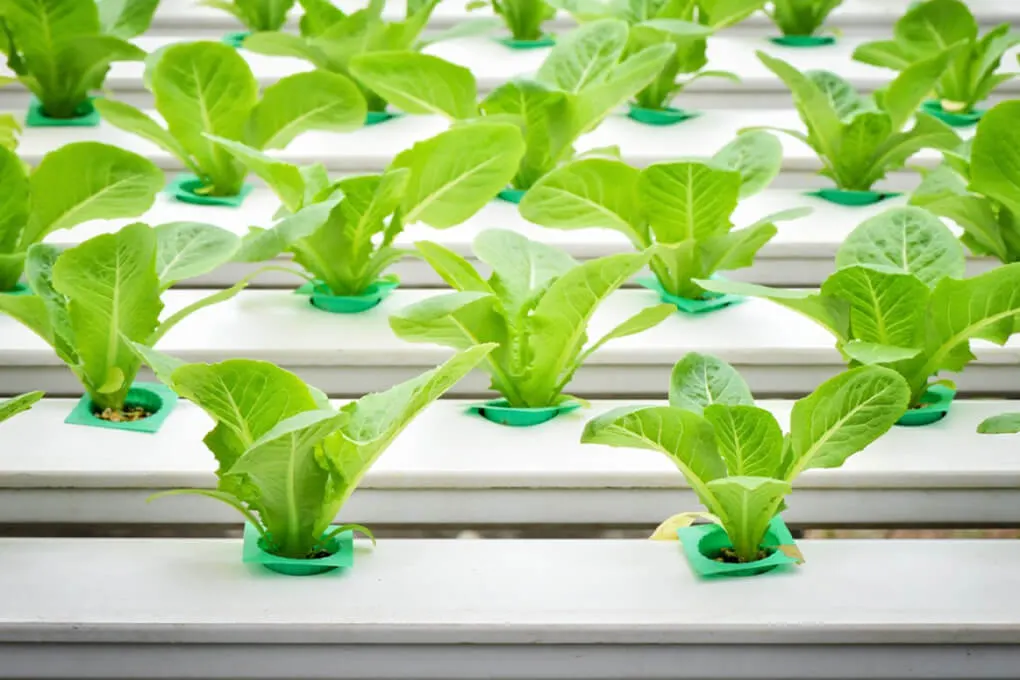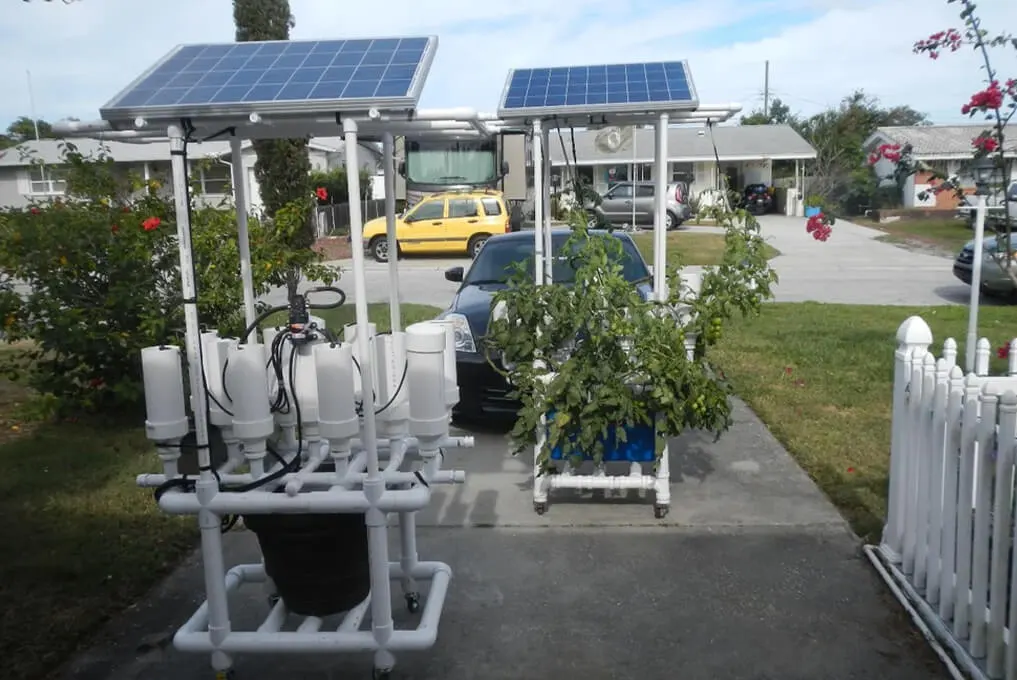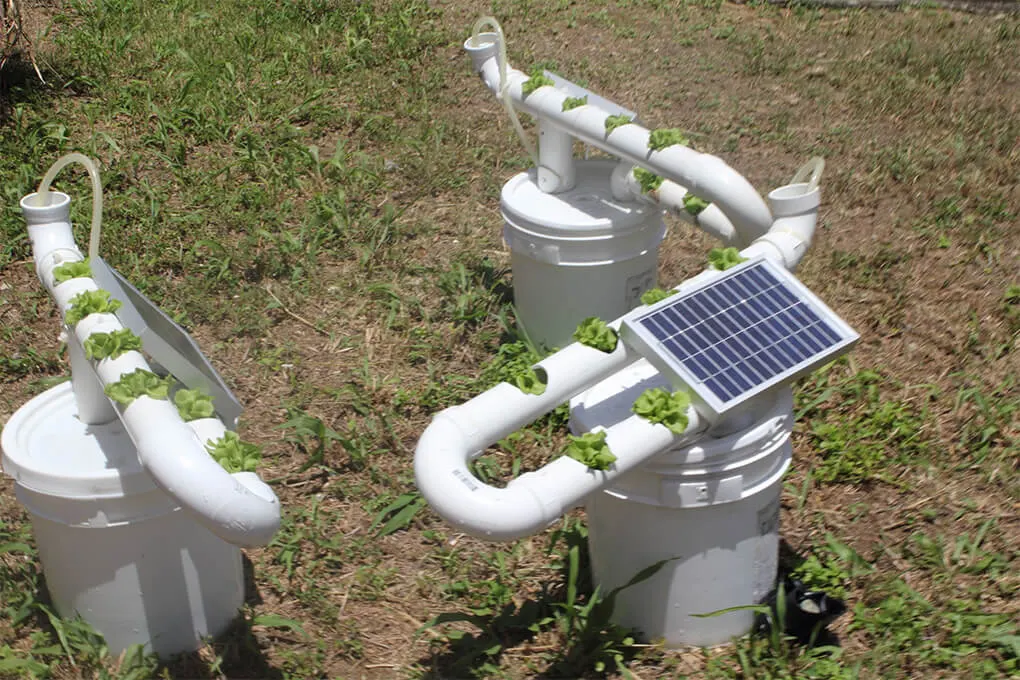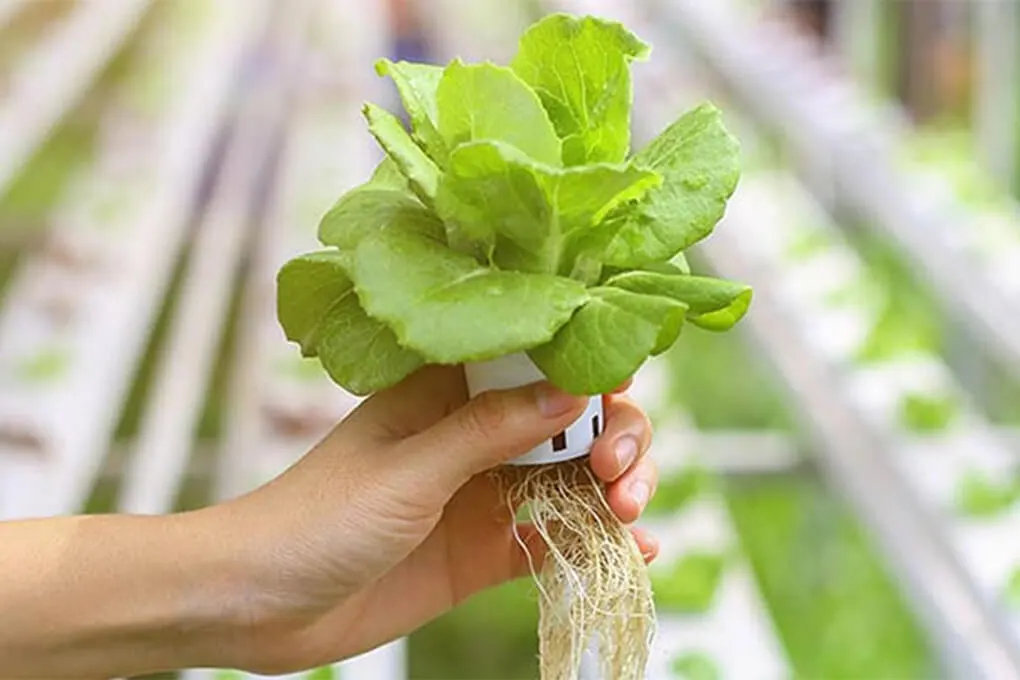
Harnessing the Power of the Sun:Exploring Solar Hydroponics
In recent years, the world has witnessed a growing interest in sustainable agricultural practices that minimize resource consumption and reduce environmental impact. One innovative solution gaining traction is the concept of solar hydroponics, combining the benefits of hydroponics and solar energy. By harnessing the power of the sun to provide both electricity and heat, this promising agricultural technique offers numerous advantages over traditional farming methods. In this blog post, we will delve into the world of solar hydroponics, exploring its benefits, applications, and future prospects.

Understanding Hydroponics
Hydroponics is a method of growing plants without soil, using a nutrient-rich water solution instead. Plants in hydroponic systems are typically grown in an inert medium like perlite, vermiculite, or coco coir, which provides support to the roots. The plants receive all the necessary nutrients directly through the water solution, ensuring optimal growth and minimizing water wastage. Hydroponics offers numerous advantages over traditional soil-based cultivation, including higher yields, faster growth rates, and better control over environmental conditions.

How does the solar-powered hydroponics system function?
The solar-powered hydroponics system operates by harnessing energy from the sun through the process of nuclear fusion. This energy is converted into electricity through the use of large panel plates, resulting in a significant power output.
The system relies on the Photovoltaic effect, which involves the conversion of solar energy into electrical energy using solar cells or energy packets.
To maximize solar energy absorption, the solar panels are positioned at specific angles to ensure direct exposure to sunlight. Within the system, various sensors autonomously detect and monitor factors such as temperature, humidity, pH levels, and light intensity. This information is crucial for maintaining optimal growing conditions.
Moreover, by utilizing these sensors, the system can effectively control the usage of fertilizer and water, minimizing wastage and optimizing resource efficiency
The solar-powered hydroponics system is designed to cultivate highly nutritious food while minimizing or eliminating the need for soil. By implementing this technique, farmers can significantly improve their agricultural efficiency. Moreover, the addition of a solar-powered system enhances the power supply, further optimizing the hydroponics process.
The solar powered hydroponics system operates on two key principles: increased oxygenation of plant roots and direct provision of liquid nutrients to the plants. These factors contribute to accelerated plant growth and increased crop yields.
Benefits of Solar Hydroponics:
Energy Efficiency: By utilizing solar power, hydroponic systems can achieve energy independence and reduce reliance on the grid. This ensures a more sustainable operation and lowers operating costs in the long run.
Increased Productivity: The precise control over environmental factors, facilitated by solar-powered systems, allows for optimal growing conditions throughout the year. As a result, plants can grow faster and produce higher yields compared to traditional farming methods.
Water Conservation: Hydroponic systems are known for their efficient water usage, as they recirculate the nutrient solution rather than allowing it to drain away. When combined with solar energy, this approach minimizes water consumption, making solar hydroponics an environmentally friendly choice.
Space Utilization: Hydroponics is inherently space-efficient, as plants can be grown vertically or in compact systems. Solar hydroponics takes this advantage further, enabling cultivation in areas with limited land availability by utilizing rooftops, greenhouses, or vertical farming structures.
Environmental Impact: By reducing reliance on fossil fuels and conventional farming practices, solar hydroponics contributes to a lower carbon footprint and helps mitigate climate change. Additionally, the absence of pesticides and herbicides in hydroponic systems minimizes soil degradation and water pollution risks.


Applications of Solar Hydroponics:
Solar hydroponics holds vast potential across various sectors, including:
Urban Agriculture: With the rise of urbanization, solar hydroponics allows for year-round cultivation in cities, promoting local food production, reducing food miles, and enhancing food security.
Remote and Off-Grid Locations: Solar-powered hydroponics systems can provide a sustainable food source in remote or off-grid areas that lack access to traditional farming methods and reliable electricity.
Controlled Environment Agriculture (CEA): Solar hydroponics is an ideal fit for CEA, where environmental factors such as temperature, humidity, and light intensity can be precisely regulated to maximize crop yields.
Research and Education: Solar hydroponics offers an excellent platform for scientific research, experimentation, and educational initiatives. Its simplicity and efficiency make it accessible for both learning institutions and home gardeners.
Future Prospects:
As solar technology continues to advance and become more affordable, the future of solar hydroponics looks promising. Integration with energy storage systems, such as batteries, can ensure a consistent power supply, even during periods of limited sunlight. Moreover, advancements in materials science and engineering may lead to more efficient solar panels and thermal collectors, further enhancing the viability and economic feasibility of solar hydroponic systems.
Solar hydroponics represents a convergence of sustainable agriculture and clean energy. By combining the benefits of hydroponics with solar power, this innovative approach offers numerous advantages such as energy efficiency, increased productivity, water conservation, and reduced environmental impact. With its wide-ranging applications and potential for future development, solar hydroponics has the power to revolutionize our food production systems and contribute to a greener and more sustainable future.